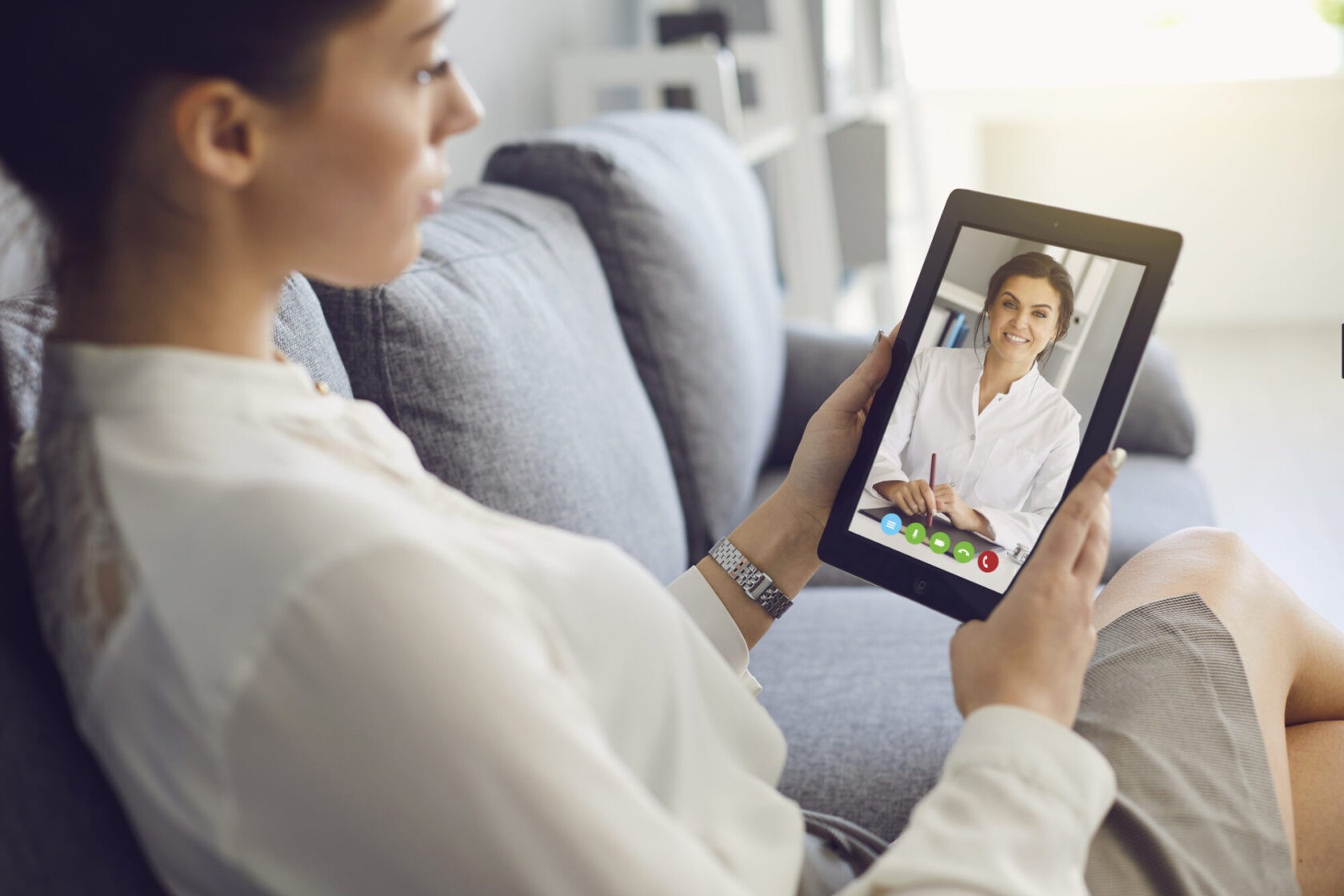
Think “Conversation”: Four Tips for Creating Effective KOL and Patient Videos
The role of video continues to grow in importance for pharmaceutical and other life sciences companies in getting their messages out to key audiences. Marketers at these organizations have long recognized video’s unrivalled impact as a medium. And the ubiquity of video playback opportunities – via sales representatives’ tablets or on the web – means it’s easier than ever to access these videos once they’re created.
While many of these videos rely on animation or professional talent to get their points across, the most effective pieces often feature real people speaking about a disease state or treatment from their own unique perspective. These videos fall into two main categories: patient videos and key opinion leader (KOL) videos.
Patient videos put a human face on a disease. Whether the audience is sales reps or health care professionals (HCPs), hearing patients share their stories creates a deeper emotional connection. Key opinion leaders lend important third-party credibility to the claims being made by a pharmaceutical company. While some HCPs may be reluctant to give their attention to a sales rep, most will listen eagerly to a message from a leader in their field.
There are many factors that go into creating an effective patient or KOL video. But we’ve found that one factor rises to the top: creating conditions that put the patient or KOL at ease.
This article focuses on the methods we’ve found to be most effective in helping interview subjects come across as authentic and natural on video.
Why is “putting them at ease” so important?
Good question! The answer goes back to why you’re making the video in the first place: to leverage the impact of an individual’s unique perspective. The message they deliver is only part of the story; their delivery is equally important. If the individual comes across as scripted, stiff, or uncomfortable, the audience will have a harder time connecting and the video’s impact will be greatly diminished. Your goal is to have the subject come across as their authentic selves.
Here are four tips for getting the best from your interview subjects in patient and KOL videos:
Tip 1: Make it a conversation (not an interview).
Conversations are natural and relaxed. Interviews tend to be nerve-racking and formal. So when the camera rolls, your goal is to conduct a conversation with your subject rather than an interview.
But wait, you say, I need to ask the subject a series of questions. Doesn’t that make this an interview?
Technically, it is an interview. But your subject will be more at ease if it feels like a conversation. After all, questions aren’t just for interviews; we also ask questions during conversations.
As most of us know first-hand, interview subjects often feel pressure to perform and a sense of being judged. So the more you can make the experience feel like two people talking versus one person interviewing the other, the more comfortable your subject is likely to be.
Tip 2: Be a good conversationalist.
Let’s go deeper into this idea of conversation vs. interview. Perhaps the biggest difference between a conversation and an interview is a sense of flow.
Technically, one could just ask a crew member to read a question and have the subject answer, followed by the next question and answer and so on. A conversation also starts with a question and an answer. But a good conversationalist won’t just move on to the next question. Instead, they’ll be curious about some aspect of the answer and want to know more. That curiosity – rather than a pre-determined list of questions – will determine what they ask next.
As a result, the subject feels as if they’ve been listened to. They’re likely to lean into the conversation. They become less aware of the lights, cameras, and crew members and more engaged in the dialogue.
Of course, the interviewer still needs to make sure the conversation covers the key points. But posing the questions in the context of a flowing conversation in which the subject feels comfortable will produce most effective results.
Tip 3: Set clear expectations in advance.
For people who aren’t accustomed to being part of a video shoot, the experience can be intimidating. The presence of cameras and microphones tend to make people worry about how they look and sound. The setting feels unnatural (because it is) and subjects are prone to tensing up.
Preparing the subject in advance can help reduce your subject’s anxiety. Let them know as much about what’s going to happen at the shoot as possible, so they won’t be surprised when they arrive. Provide a list of the topics that you plan on covering. Encourage your subject to give some thought to what they’d like to say while making it clear that you’ll be having a conversation at the shoot and that memorized answers aren’t helpful.
If possible, have a voice or video call before the shoot to start the process of building rapport. This way your subject won’t feel like they’re speaking with a stranger when the shoot begins.
Tip 4: Take the pressure off.
Most patient and KOL videos are relatively short. Whether the audience for the video is sales reps, HCPs, or patients, time and attention are at a premium. That’s why the vast majority of patient and KOL videos are no more than two or three minutes in length.
When scheduling recording sessions, your subject should be booked for at least 30 minutes on camera. This math works in your favor. It’s common to record at least 20 minutes of footage for a two-three-minute video. When it comes to putting subjects at ease, an understanding of the editing process is a huge help.
Make sure your subject knows that “mistakes” are not a problem. Assure them that there’s time to get things right, and that only the best parts of the conversation will be included in the final edit.
Finally, no matter what obstacles you run into on the shoot – be they technical issues, a nervous subject, or a car alarm going off down the street – stay positive. The subject will take their cues from you: if you project confidence, your subject is likely to do the same!
About Conexus
For small- to mid-sized life sciences companies that need to reach and market to healthcare providers, Conexus offers the rare combination of deep life sciences experience with end-to-end support expertise, including a range of marketing support services. These services include patient and HCP videos, copywriting, email templates, Veeva-friendly Core Visual Aids, and more. Clients turn to Conexus for projects large and small when they need fast turnaround, or when their agency is too busy (or too expensive) for a specific project. When it comes to providing marketing support services with value and quality, Conexus serves as “The Team Behind Your Team.”
